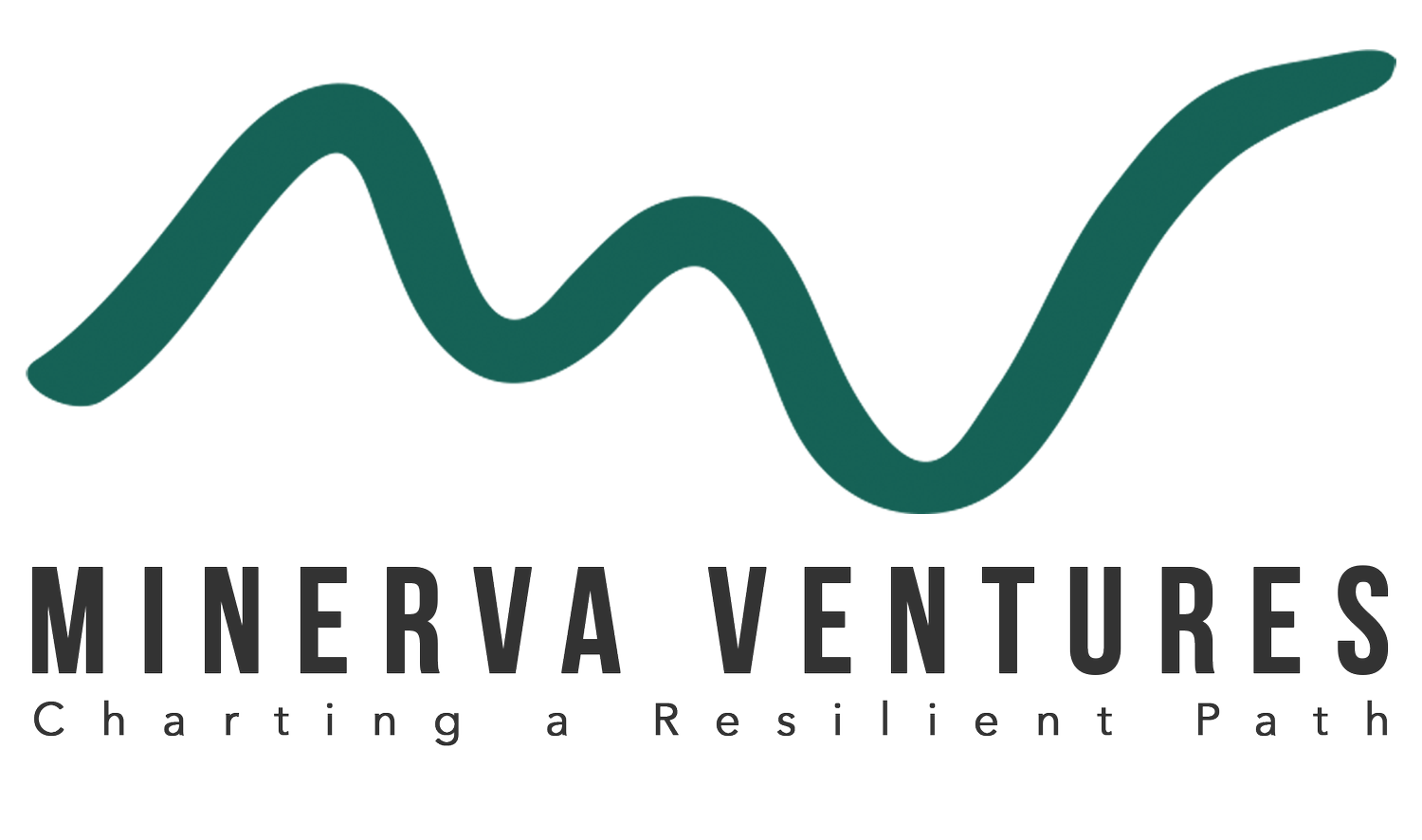The Future of Seeds in a Changing Climate
While flying to Amsterdam for a conference on sea level rise, I sat next to a man who is an agronomist and financial manager for an American-owned international seed company. He is based in Costa Rica where his company hybridizes flower seeds. I asked him if he sees an impact of climate change on his business. He said yes, that the rainy and dry seasons in Costa Rica used to be predictable. Now, it may be rainy followed by dry, sunny weather in an apparently random fashion. This makes it very difficult to grow crops consistently.
His company has had to begin building infrastructure to capture, store and transport rainwater. They are building open reservoirs but realize that they may need to cover them as temperatures continue to rise. They are building large greenhouses so that they can control growing conditions for the plants and seeds that they are raising. This, of course, changes the cost structure and creates longer-term uncertainty for his business. They are also implementing integrated pest management to reduce chemical inputs.
The coffee plantations are experiencing devastating infestations of fungus (the "roya") which are reducing the harvest. People are getting sick more frequently from viruses and suffering more from allergies. Costa Rica has dedicated much of its land area to bio-reserves. Wildlife requires connectivity so that they can move from one bio-reserve to another, as conditions change.
What will the impact be on humanity’s ability to raise food to feed our people as temperatures continue to rise and precipitation alternates between torrential downpours and drought?
In September, there were massive floods in Pakistan, India and Bangladesh with millions being affected and thousands dying. Yet, all of the focus of the US media and concern was on the aftermath of Hurricane Harvey in Houston and the Gulf Coast. Who is aggregating the current global costs of climate change and telling the stories of people who are affected now? How will we look into the future to see the challenges we have created for ourselves and our children? How can we make ourselves take actions that might appear to be more expensive today, in order to create a more resilient future in which our civilization can continue? What action are you taking? Let us tell your story!

